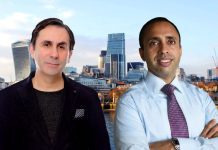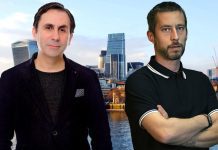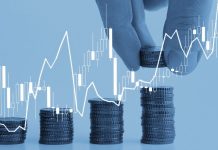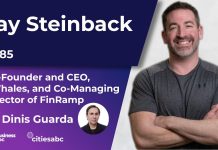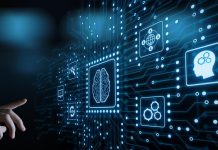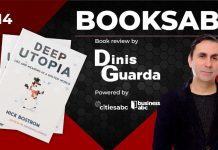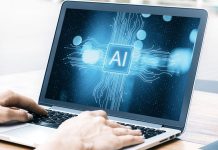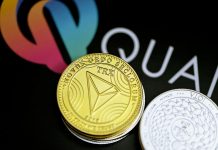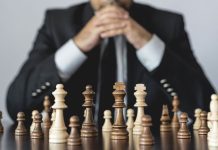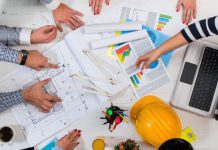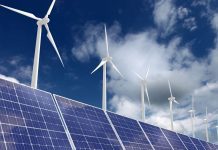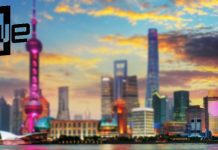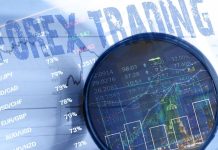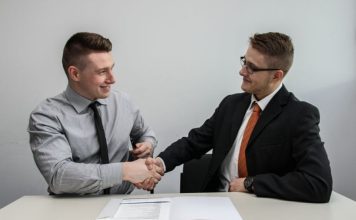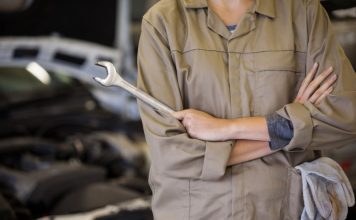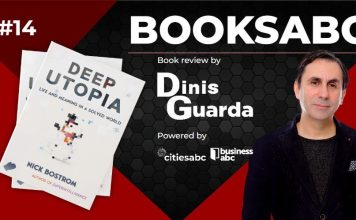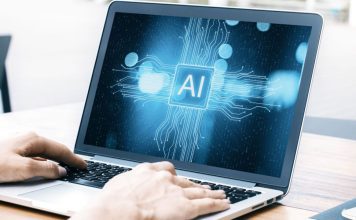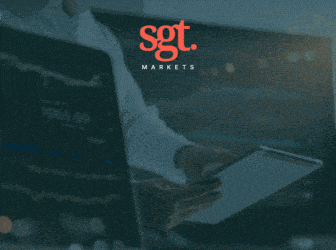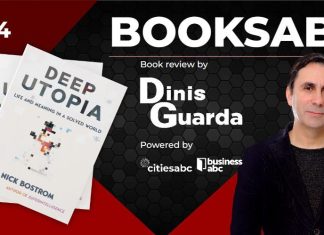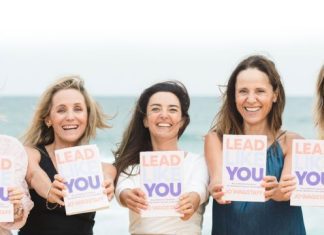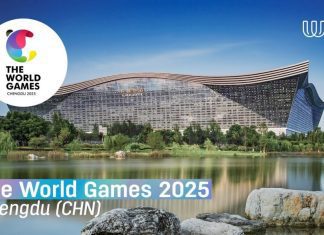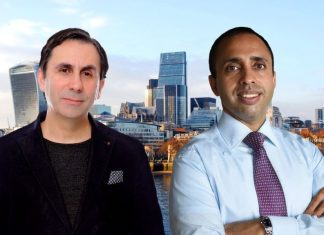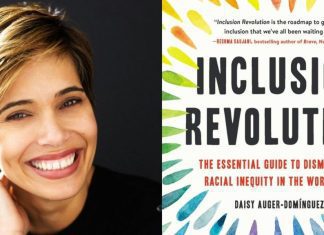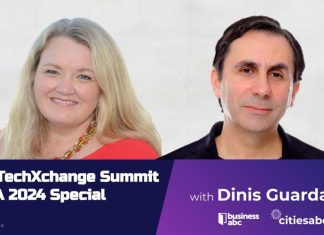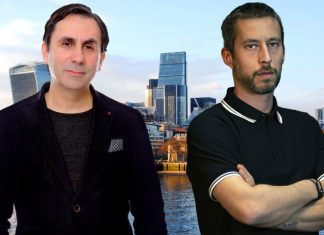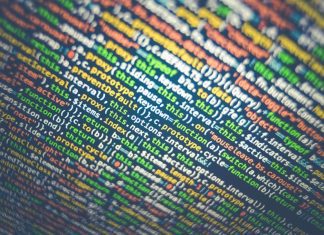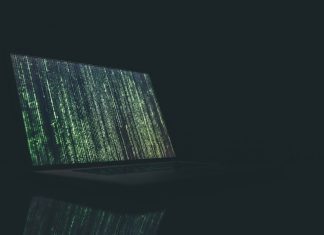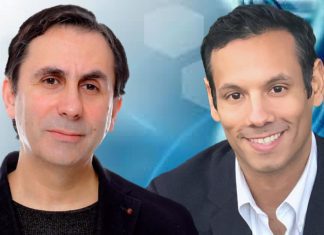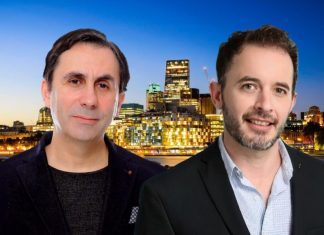Business
- All
- AI
- Alternative Finance
- Apps
- Banking
- Big Data
- Blockchain
- Book Reviews
- Business
- business education
- Business latest
- Business resources
- casino
- Cloud
- Cryptocurrency
- Cybersecurity
- Data Visualization
- Digital Transformation
- Digital Transformation
- Economy
- Education
- Fashion
- Finance
- Fintech
- Forex
- Forex Brokers
- Highlights
- ICT
- ICT
- Information Systems
- Innovation
- Intelligence
- Internet of things (IoT)
- Interviews
- Investing
- Leadership
- Legal Services
- Lifestyle
- Marketing
- Markets
- metaverse
- Resources
- SEO
- Smart Cities
- Smart Tourism
- Social Business
- Social Innovation
- Social Media
- Startup
- Sticky
- Summit and Award
- Technology
- Thought Leadership
- Tools
- Video Interviews
- Visualization
More
Artificial Intelligence
- All
- AI
- Alternative Finance
- Apps
- Banking
- Big Data
- Blockchain
- Book Reviews
- Business
- business education
- Business latest
- Business resources
- casino
- Cloud
- Cryptocurrency
- Cybersecurity
- Data Visualization
- Digital Transformation
- Digital Transformation
- Economy
- Education
- Fashion
- Finance
- Fintech
- Forex
- Forex Brokers
- Highlights
- ICT
- ICT
- Information Systems
- Innovation
- Intelligence
- Internet of things (IoT)
- Interviews
- Investing
- Leadership
- Legal Services
- Lifestyle
- Marketing
- Markets
- metaverse
- Resources
- SEO
- Smart Cities
- Smart Tourism
- Social Business
- Social Innovation
- Social Media
- Startup
- Sticky
- Summit and Award
- Technology
- Thought Leadership
- Tools
- Video Interviews
- Visualization
More




